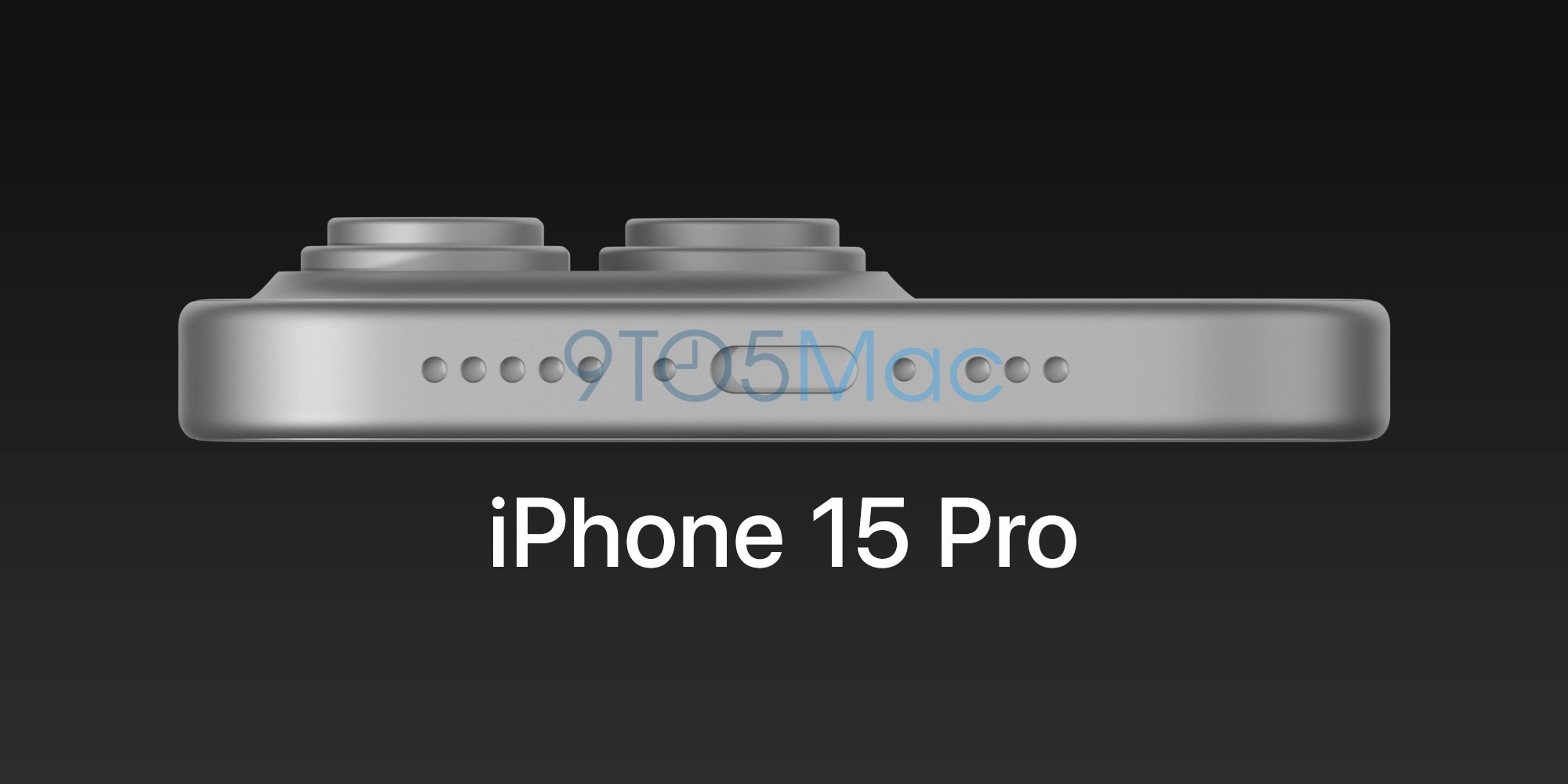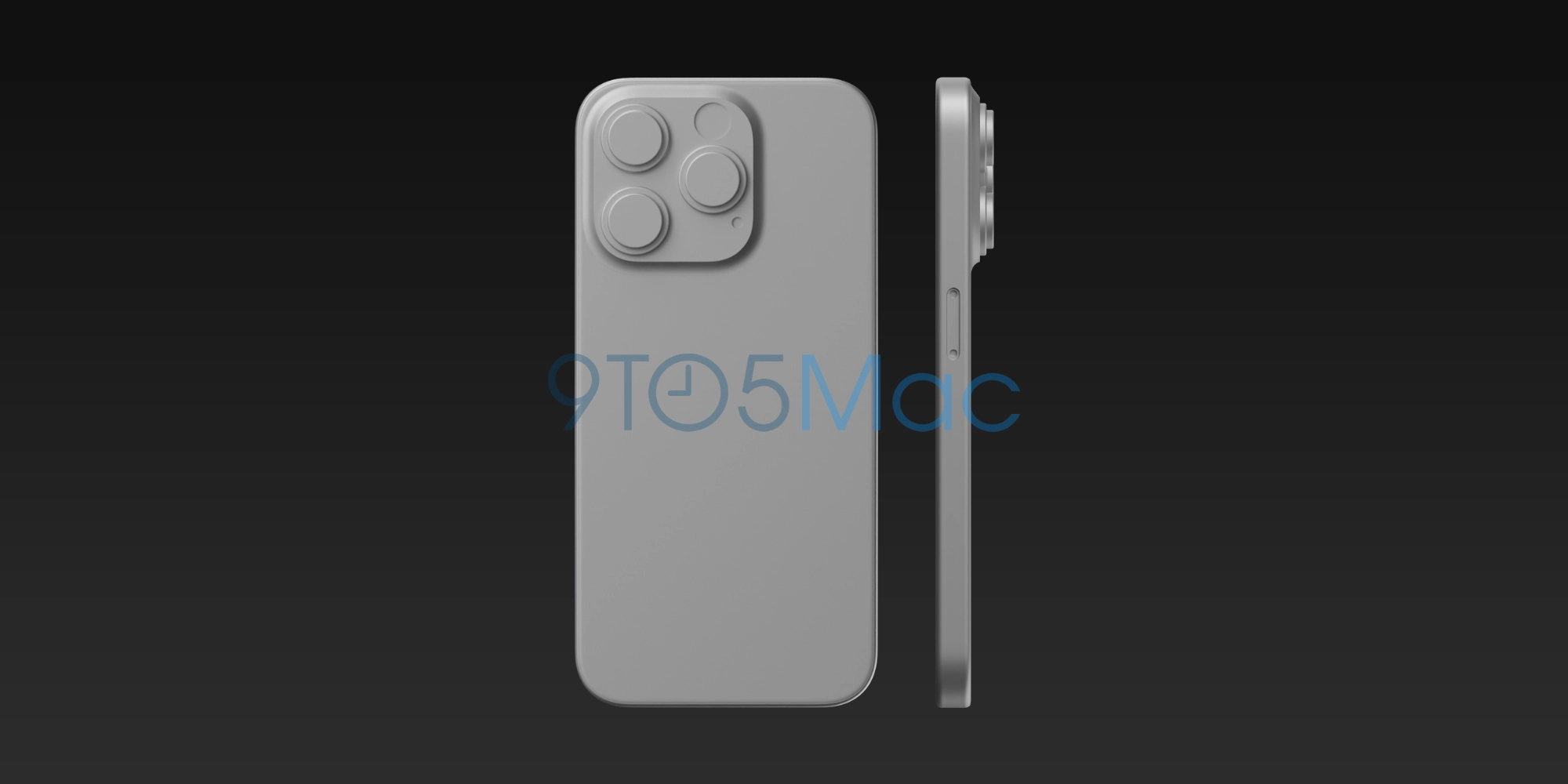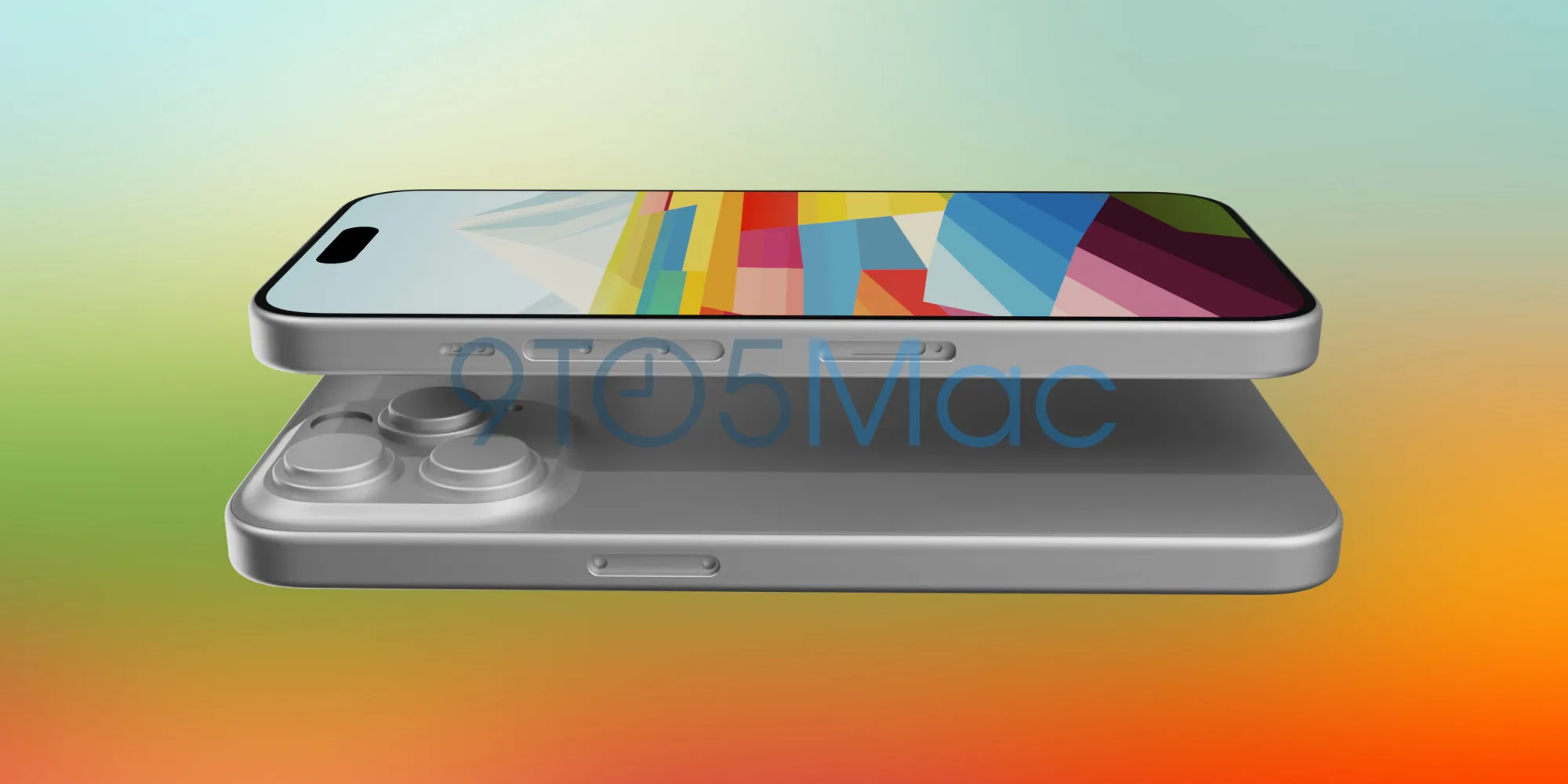One of the biggest upgrades of this year's generation of iPhones is supposed to be the transition from the Lightning ports introduced with the iPhone 5 to the more modern USB-C, which are currently used by MacBooks, iPads, or even new drivers for Apple TV. Although we will see at least a simplification of charging thanks to the unification of the charging port, quite often opinions appear in various discussion forums that the transition to USB-C is a bad step. In short, there are so many positives that it is absolutely impossible to talk about the disadvantages of the transition.
If we take into account the universality of the USB-C port and, as a result, the possibility of connecting a far greater number of various accessories to the iPhone 15 (Pro), USB-C's speed plays into its cards in an extreme way. The Pro series is to receive support for the Thunderbolt 3 standard, thanks to which it will offer transfer speeds of up to 40 Gb/s. At the same time, Lightning manages to transfer only 480 Mb/s, which is simply ridiculous compared to Thunderbolt. It is possible that Apple will keep this speed for the basic iPhone 15, as it will build their USB-C on the USB 2.0 standard, as it did with the iPad 10, but it will probably not bother anyone too much with these models, since the target group of these smartphones is simply not that to need to transfer large files at lightning speed. Why? Simply because iPhones are used by professional photographers and videographers, who logically reach for the Pro series, in which they get USB-C, in order to have the best possible shots. For you, the transition will be an extreme liberation and at the same time untying your hands.
A lot of users have been pointing out lately that it would be best if Apple introduced an iPhone to the world without a single port. However, the catch is that current technologies are simply not yet ready for such a solution. Wireless transmission speeds are not equal to Thunderbolt 3 (or at least not standard), which is a big problem in itself. After all, imagine that as a photographer or videographer you need to quickly transfer a recording or photo from your iPhone to your MacBook, but you are in an environment that allows you to transfer wirelessly in the order of Mb/s, or even less. In short, Apple absolutely cannot afford to risk inconsistent file transfer in this regard. In addition, it should be added in one breath that cable transmission, i.e. synchronization due to updates, backups and the like, is also used by ordinary users, for whom, willy-nilly, the use of a cable is always more friendly and easier than solving anything wirelessly, and thus again with the risk of a certain inconsistency in the transmission speed, thus overall functionality.
Someone may object that, for example, in the case of the Apple Watch, Apple is not afraid of a wireless solution, but this is not entirely true. I Watch has a physical service port, which is used to connect a special connector in services for the purposes of diagnostics, reinstallation and the like. Apple could theoretically implement a similar solution for iPhones, but one has to ask why it would actually do it at all, when users are simply used to cables in a certain way and there is also the risk of transmission inconsistency, as mentioned above. In addition, it is necessary to realize that the Apple Watch and iPhones are completely different types of products, also from the point of view of potential errors. For the sake of a certain service comfort, it is therefore more logical to leave the accessible port usable by users as well. Therefore, wanting a portless iPhone from Apple is simply nonsense at the moment, because the ports are still used, even if not so much for charging.
The final argument regarding USB-C on the iPhone 15 revolves around its (un)durability. Yes, Lightning ports are really extremely durable, and USB-C can therefore easily be slipped into your pocket. On the other hand, even service technicians agree that in order for USB-C to be damaged, you have to be really clumsy, act very rudely, or be very unlucky. During standard iPhone use, there is certainly no risk of breaking the internal "pack" of the USB-C port, for example, or anything similar. Or have you already done it with MacBooks? We bet not.
Bottom line, sum up – transfer speeds combined with the openness of the standard undoubtedly have the potential to move the iPhone 15 (Pro) significantly forward. The negatives of the USB-C port are few and far between, and one might almost want to say that there are actually none if you treat the iPhone in a completely standard way. So there is really no point in worrying about USB-C, but on the contrary, we should look forward to it, if only because in recent years Apple has not moved its Lightning absolutely anywhere, and the transition to USB-C can be a great impulse in this direction in innovations.




